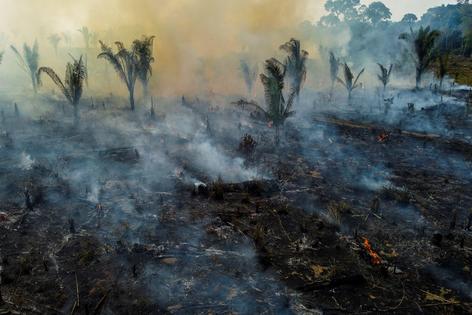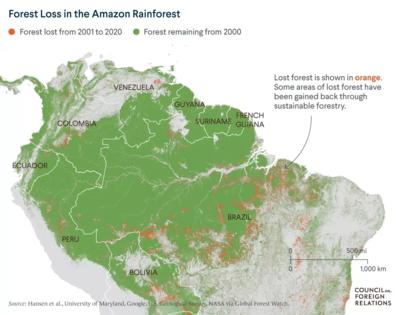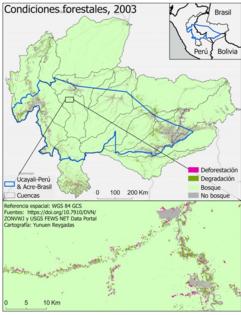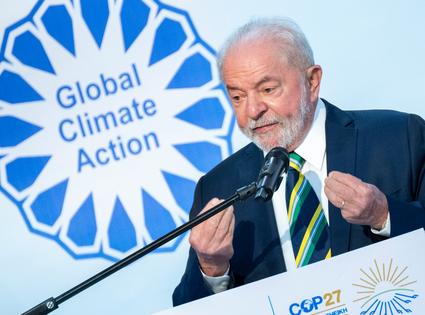Ending Amazon deforestation: 4 essential reads about the future of the world's largest rainforest
Published in Science & Technology News
Brazil’s president-elect, Luiz Inácio Lula da Silva, was greeted with applause and cheers when he addressed the U.N. climate conference in Sharm el-Sheikh, Egypt, on Nov. 16, 2022. As he had in his campaign, Lula pledged to stop rampant deforestation in the Amazon, which his predecessor, Jair Bolsanaro, had encouraged.
Forests play a critical role in slowing climate change by taking up carbon dioxide, and the Amazon rainforest absorbs one-fourth of the CO2 absorbed by all the land on Earth. These articles from The Conversation’s archive examine stresses on the Amazon and the Indigenous groups who live there.
The Amazon rainforest is vast, covering some 2.3 million square miles (6 million square kilometers). It extends over eight countries, with about 60% of it in Brazil. And the destruction occurring there is also enormous.
From 2010 to 2019, the Amazon lost 24,000 square miles (62,000 square kilometers) of forest – the equivalent of about 10.3 million U.S. football fields. Much of this land was turned into cattle ranches, farms and palm oil plantations.
“There are a number of reasons why this deforestation matters – financial, environmental and social,” wrote Washington University in St. Louis data scientist Liberty Vittert, explaining why she and other judges chose Amazon deforestation as the Royal Statistical Society’s International Statistic of the Decade.
Forest clearance in the region threatens people, wild species and freshwater supplies along with the climate. “The farmers, commercial interest groups and others looking for cheap land all have a clear vested interest in deforestation going ahead, but any possible short-term gain is clearly outweighed by long-term loss,” Vittert concluded.
Read more:
Much of the Amazon has been under state control for decades. In the 1970s, Brazil’s military government started encouraging farmers and miners to move into the region to spur economic development, while also setting some zones aside for conservation. More recently, however, Brazil’s government has made it easier for wealthy interests to seize large swaths of land – including in conservation areas and Indigenous territories.
Reviewing national laws and land holdings, University of Florida geographers Gabriel Cardoso Carrero, Cynthia S. Simmons and Robert T. Walker found that Brazil’s National Congress was expanding the legal size of private holdings in the Amazon even before Bolsonaro was elected in 2019.
In southern Amazonas state, Amazonia’s most active deforestation frontier, rates of deforestation started to rise in 2012 because of loosened regulatory oversight. The number and size of clearings that the researchers identified using satellite data increased after Bolsonaro took office.
...continued















Comments